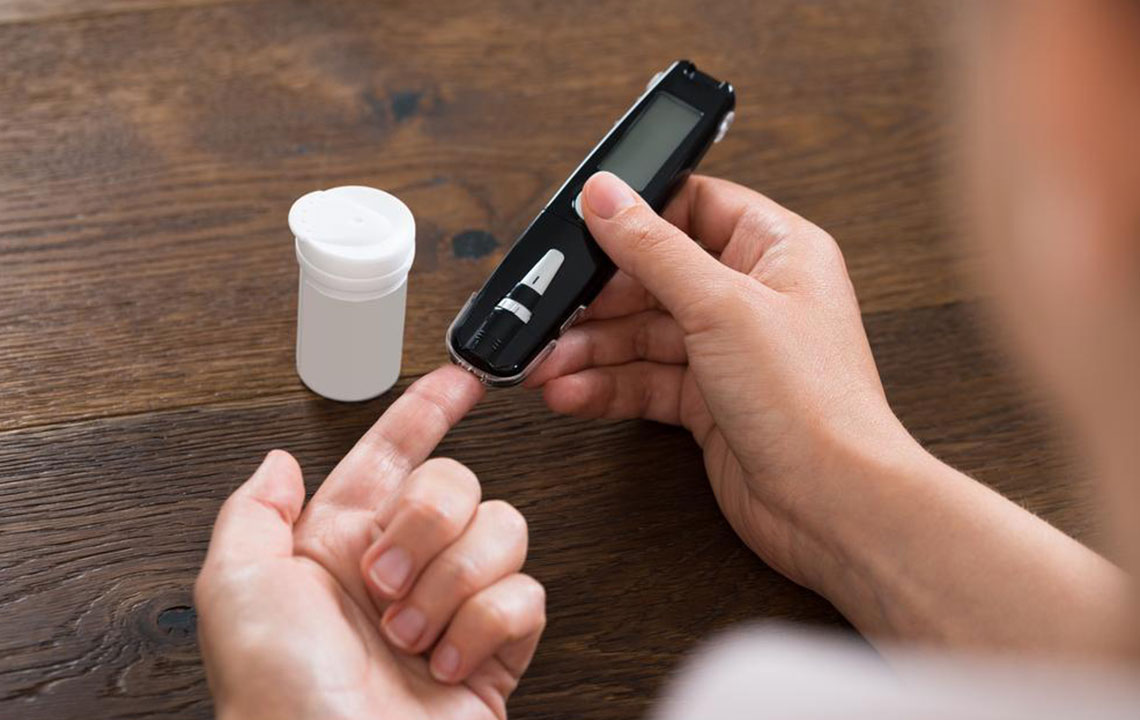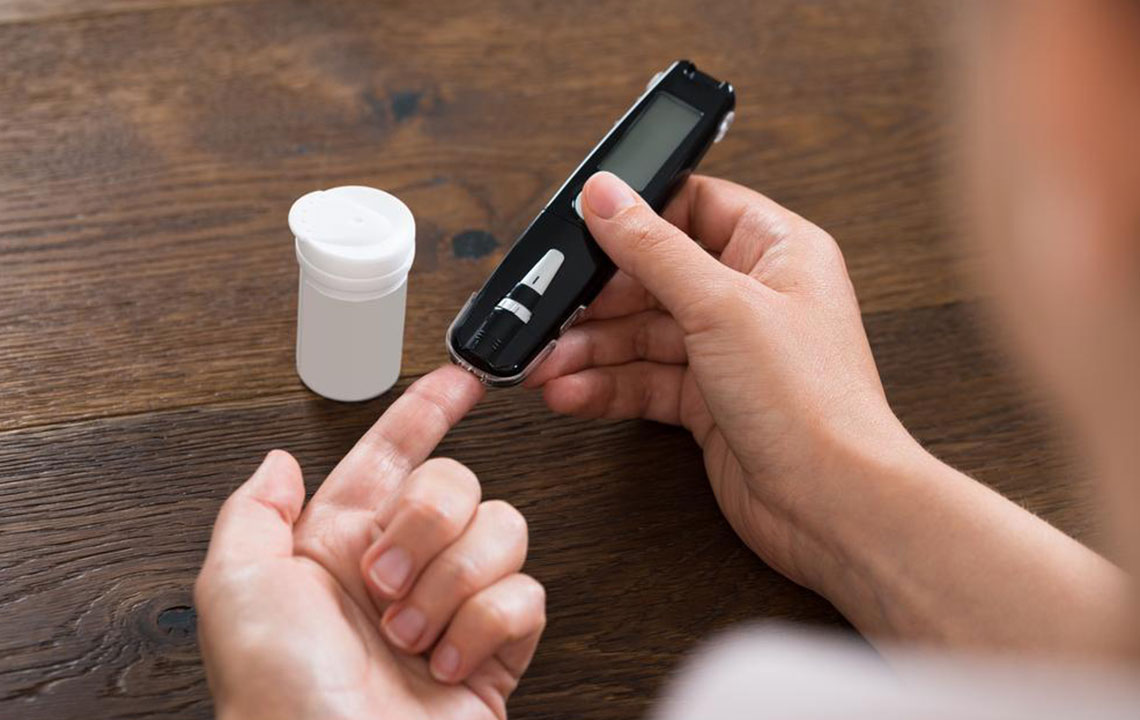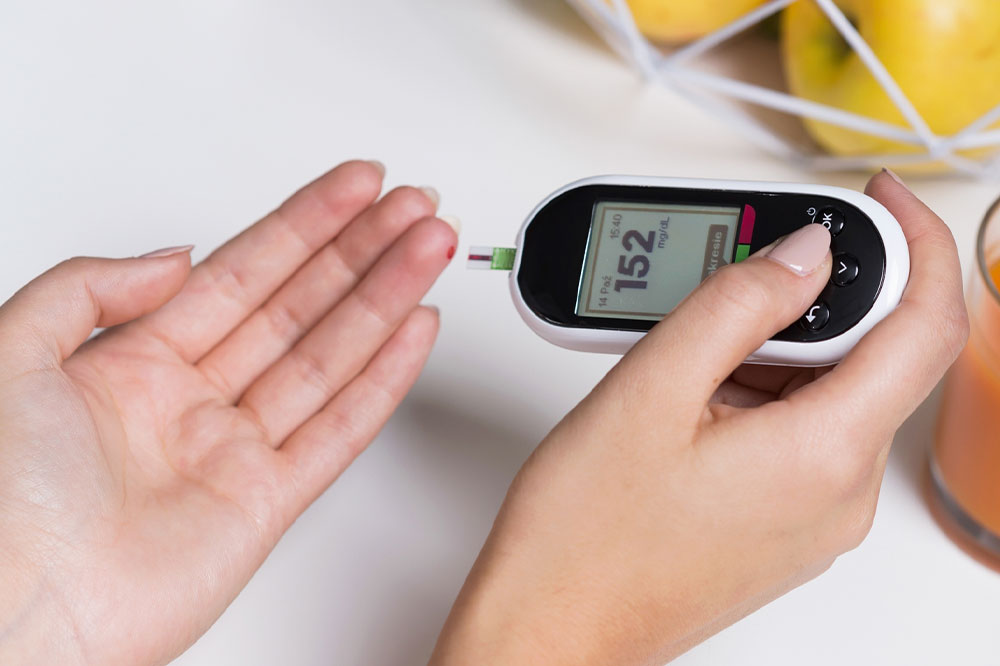Comprehensive Guide to Differentiating and Diagnosing Types of Diabetes for Better Management
This comprehensive guide explores the methods for accurately identifying and differentiating between Type 1 and Type 2 diabetes. By understanding the distinct causes, symptoms, and diagnostic tests, patients and clinicians can ensure proper treatment and management. Early detection through blood tests like HbA1c, fasting glucose, and autoantibody assessments is emphasized. The article highlights the importance of tailored therapies, including insulin for Type 1 and lifestyle or medication options for Type 2, ultimately helping reduce long-term complications and improve quality of life.

Comprehensive Strategies for Differentiating and Diagnosing Diabetes Types
Diabetes mellitus is a complex metabolic disorder characterized by elevated blood glucose levels resulting from issues with insulin production, action, or both. Correctly identifying the specific type of diabetes a patient has is crucial for effective treatment and management. Historically, the classification has been straightforward: young individuals requiring insulin therapy were labeled as having Type 1 diabetes, whereas less active, overweight adults with insulin resistance were diagnosed with Type 2 diabetes. However, growing clinical evidence indicates that the lines between these types can sometimes blur, necessitating more precise and comprehensive diagnostic strategies.
Understanding the differences between Type 1 and Type 2 diabetes is essential for clinicians and patients alike. Both forms involve high blood glucose levels, yet their origins, progression, and management strategies differ significantly. Precise diagnosis involves a combination of clinical evaluation, patient history, and specific blood tests, which ultimately guide tailored treatment plans. Recognizing the subtle distinctions and overlapping symptoms can help prevent misdiagnosis, ensuring patients receive the most appropriate care from the outset.
Type 1 diabetes, also called juvenile diabetes, is primarily caused by autoimmune destruction of pancreatic beta cells. This leads to an absolute insulin deficiency, requiring lifelong insulin replacement therapy. It often manifests in childhood or adolescence but can be diagnosed at any age. Patients typically do not present with obesity, and laboratory tests reveal elevated ketone levels in the blood, indicating a loss of metabolic regulation. The hallmark of Type 1 diabetes diagnosis includes low or absent C-peptide levels, which reflect decreased insulin production, along with the presence of autoantibodies such as GAD, IA-2, or zinc transporter 8 antibodies.
In contrast, Type 2 diabetes usually occurs in adults over 30 years old and is associated with lifestyle factors such as obesity, physical inactivity, and poor diet. It’s characterized by insulin resistance—where the body’s cells fail to respond effectively to insulin—leading to increased insulin production initially, but eventually causing pancreatic beta cell exhaustion. Patients often have co-existing metabolic conditions such as high cholesterol, hypertension, and central obesity. Blood tests typically show elevated fasting glucose, high HbA1c levels, and higher insulin levels in the early stages. Management of Type 2 diabetes may involve oral hypoglycemic agents, lifestyle modifications, and sometimes insulin if beta cell function deteriorates.
Achieving an accurate diagnosis involves several blood tests. The fasting plasma glucose (FPG) test measures blood sugar after an overnight fast, with levels above 126 mg/dL indicating diabetes. The oral glucose tolerance test (OGTT) evaluates how effectively the body handles sugar after a glucose dose. Hemoglobin A1c (HbA1c) provides an overview of blood glucose control over the past two to three months; levels above 6.5% suggest diabetes. C-peptide tests assess endogenous insulin production, helping differentiate between autoimmune destruction (low C-peptide) and insulin resistance (normal or high C-peptide). Autoantibody testing further confirms Type 1 diabetes diagnosis.
Early diagnosis is vital to prevent long-term complications such as diabetic neuropathy, nephropathy, and cardiovascular disease. Treatment strategies differ markedly: Type 1 diabetes necessitates insulin therapy, administered via injections or insulin pumps, to replace the missing hormone. In contrast, Type 2 diabetes management can often start with lifestyle interventions—like diet, exercise, weight loss—and oral medications that improve insulin sensitivity or stimulate insulin secretion. When these measures fail, insulin therapy may also be required for Type 2 patients. Regular monitoring of blood glucose and HbA1c levels helps adjust treatment plans and maintain optimal glucose control.
Advances in diabetes research continue to refine our understanding of these conditions, enabling earlier detection and personalized treatment. The growing recognition of atypical forms and overlaps between Type 1 and Type 2 diabetes underscores the importance of comprehensive diagnostics. Patients are encouraged to undergo detailed testing if they exhibit symptoms such as frequent urination, excessive thirst, unexplained weight loss, fatigue, or if they have risk factors like family history or obesity. Healthcare providers must stay updated on evolving diagnostic criteria to ensure timely and accurate diagnosis, ultimately improving patient outcomes.





